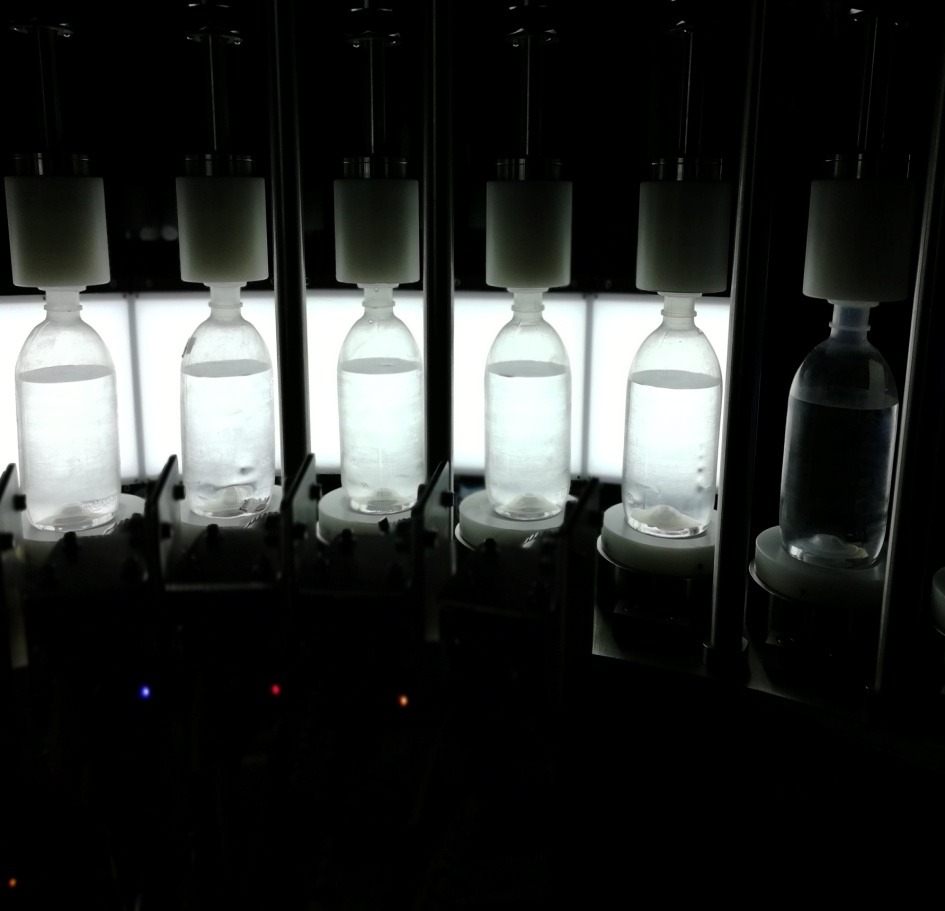Automated visual inspection machines for quality control are revolutionizing the manufacturing industry. These machines utilize technologies such as machine vision, image processing, and optical inspection to ensure products meet strict quality standards. By incorporating defect detection, precision measurement, and inspection robotics, companies can streamline production line automation and achieve high speed inspection with minimal errors.
In addition to traditional visual inspection methods, automated systems leverage machine learning and artificial intelligence to enhance quality assurance processes. Product inspection is conducted with precision using machine vision sensors and inspection software, allowing for real time monitoring of production quality. Non destructive testing techniques, such as infrared inspection, further contribute to the efficiency and accuracy of automated quality control systems.
The integration of digital imaging and fault detection capabilities enables manufacturers to detect and address defects quickly and effectively. Optical character recognition technology assists in process control by identifying and addressing inconsistencies in manufacturing processes. With the aid of automated testing and vision inspection systems, companies can improve overall product quality and reduce the risk of defects reaching the market.
Overall, the use of automated visual inspection machines for quality control is paramount in ensuring that products meet industry standards and customer expectations. By implementing advanced technologies and inspection methods, manufacturers can optimize their production processes and deliver high quality products to consumers. Explore the possibilities of industrial automation and take your quality control measures to the next level.
For more information on automated visual inspection machines, visit the wikipedia page on quality control: Quality Control
Understanding Automated Inspection and its Importance in Quality Control
Automated inspection plays a crucial role in quality control processes, utilizing visual inspection machines to ensure products meet the highest standards. These machines incorporate machine vision and image processing technologies to identify defects, perform precision measurements, and enable production line automation. By utilizing inspection robotics, high speed inspection, and machine learning algorithms, automated inspection systems can enhance industrial automation and streamline quality assurance processes. With the ability to perform product inspection, manufacturing automation, and non destructive testing, these systems offer real time inspection capabilities, ensuring production quality and detecting faults efficiently. Automated inspection contributes to improving process control, infrared inspection, and optical character recognition, making it an essential component of modern manufacturing operations.
The Role of Visual Inspection Machines in Industrial Automation
Automated visual inspection machines play a crucial role in industrial automation by ensuring quality control through defect detection, precise measurement, and production line automation. These advanced machines use machine vision and image processing technologies to perform optical inspection tasks with high speed and accuracy. With the integration of machine learning and artificial intelligence, visual inspection machines can provide real time inspection results, contributing to improved production quality and product inspection processes. By utilizing inspection robotics and automated testing, these systems enable manufacturers to enhance their quality assurance practices while achieving efficient manufacturing automation. The use of inspection software and vision inspection systems further enhances the capabilities of visual inspection machines for fault detection, process control, and non destructive testing, making them indispensable tools in modern industrial settings.
How Machine Vision and Image Processing Enhance Quality Control
Machine vision and image processing technologies play a vital role in enhancing quality control in various industries. Automated inspection systems, equipped with machine vision sensors and image processing algorithms, enable precise defect detection, optical inspection, and even non destructive testing. These technologies allow for high speed inspection on production lines, ensuring production quality and reducing human errors. By incorporating machine learning and artificial intelligence, these systems can continuously learn and improve their performance, resulting in better quality assurance for product inspection. Additionally, real time inspection and automated quality control streamline the manufacturing automation process and improve overall efficiency. Infrared inspection, digital imaging, and optical character recognition further enhance the accuracy and reliability of quality control processes. By leveraging the power of machine vision and image processing, industries can achieve higher levels of precision measurement, fault detection, and process control, ultimately leading to improved product quality.
For more information on this topic, visit the Wikipedia page on Machine Vision and Image Processing.
Exploring the Functions and Benefits of Optical Inspection and Defect Detection
Automated visual inspection machines play a crucial role in quality control within various industries. These machines utilize machine vision, image processing, and optical inspection to detect defects and ensure precision measurement. By incorporating advanced technologies such as machine learning and artificial intelligence, these systems can provide high speed inspection on production lines, leading to enhanced industrial automation. The benefits of automated quality control include real time inspection, improved production quality, and cost effectiveness in manufacturing processes.
Optical inspection and defect detection systems offer a wide range of functionalities and advantages:
- Machine vision sensors provide accurate and detailed analysis of products, allowing for quality assurance and product inspection at a rapid pace.
- Infrared inspection can detect defects that are not visible to the human eye, ensuring thorough examination of products for flaws.
- Inspection software enables automated testing and fault detection, reducing the need for manual inspection and increasing efficiency in the production process.
- Non destructive testing methods ensure that products remain intact during the inspection process, preventing any damage to the items being examined.
Overall
optical inspection and defect detection systems are essential components of modern manufacturing processes, contributing to the overall success of quality control measures in production facilities. With advancements in technology and continuous improvements in machine vision systems, these inspection machines continue to play a vital role in ensuring product integrity and customer satisfaction.
For more information on Optical Inspection and Defect Detection, visit the Wikipedia page on Automated Visual Inspection Machines.


